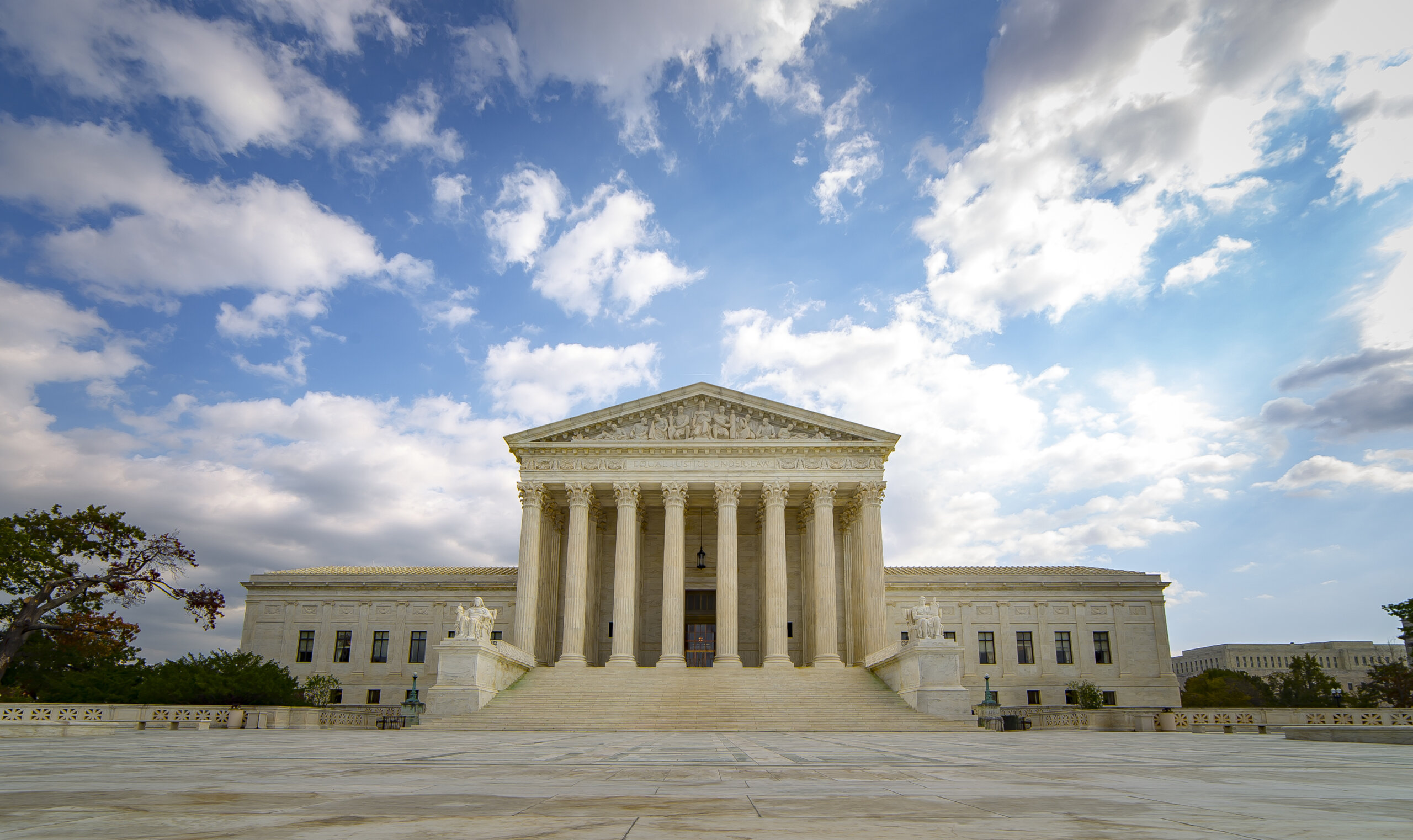Quick Hits
- The Supreme Court held that the preponderance-of-the-evidence standard governs when an employer seeks to prove employees are covered by an FLSA exemption.
- The ruling resolves a circuit court split whereby the U.S. Court of Appeals for the Fourth Circuit held that employers must prove an exemption by a more demanding “clear and convincing evidence” standard, but six other circuit courts held that only the preponderance-of-the-evidence standard governs.
In an eleven-page unanimous opinion in E.M.D. Sales, Inc. v. Carrera, the Supreme Court resolved the conflict between the U.S. Circuit Courts of Appeal over what standard of proof applies when employers seek to prove that employees are covered by one of the thirty-four exemptions to the FLSA. Six circuits—the Fifth, Sixth, Seventh, Ninth, Tenth, and Eleventh—apply the preponderance-of-the-evidence standard, but the Fourth Circuit, as it did in the underlying case, applied a more demanding “clear and convincing evidence” standard.
“We hold that the preponderance-of-the-evidence standard applies when an employer seeks to show that an employee is exempt from the minimum-wage and overtime-pay provisions of the [FLSA],” Justice Brett Kavanaugh wrote in the Court’s opinion.
E.M.D. Sales, Inc., an international foods distributor, was sued by several sales representatives, who alleged the company violated the FLSA by failing to pay them overtime. E.M.D. Sales argued that the employees were covered by the FLSA’s “outside-salesman exemption.”
A district court concluded that E.M.D. Sales had not proven that the employees were exempt “by clear and convincing evidence” and ordered E.M.D. Sales to pay overtime wages and liquidated damages. On appeal, the Fourth Circuit affirmed the district court based on circuit precedent that employers prove an FLSA exemption by the heightened clear-and-convincing-evidence standard.
However, the Supreme Court reversed, holding that the preponderance-of-the-evidence standard governs in FLSA exemption cases, and remanded the question of whether the employer had proved the outside-salesman exemption.
The high court observed that when the FLSA was enacted, the preponderance-of-the-evidence standard was “the default standard of proof in American civil litigation.” Indeed, the FLSA does not specify a standard for proving that an exemption applies, and none of the situations calling for a heightened standard of proof were found to apply to FLSA’s exemptions.
More demanding or heightened standards of proof have typically been reserved for situations where it is required by statute, the U.S. Constitution, or in “uncommon” situations involving “coercive” government action against an individual more “dramatic” than an award of money damages or conventional relief, such as taking away a person’s citizenship.
Further, the Court rejected the policy argument that certain FLSA employment rights are not waivable and should therefore be subject to a higher standard of proof, noting that the preponderance-of-the-evidence standard is applied with respect to certain nonwaivable National Labor Relations Act (NLRA) rights. Furthermore, the Court rejected a second policy-based argument that since the employer controls “most of the cards” in FLSA cases, a heightened proof standard should apply, noting that the same circumstances exist in employment discrimination cases under Title VII of the Civil Rights Act of 1964, which are also subject to the default preponderance standard.
Justice Neil Gorsuch issued a brief concurring opinion, in which he noted that “courts apply the default standard unless Congress alters it or the Constitution forbids it” and that “[t]o do otherwise would be to ‘choose sides in a policy debate,’ rather than to declare the law as our judicial duty requires.”
This decision is not altogether unexpected. In the Supreme Court’s 2018 decision in Encino Motorcars, LLC v. Navarro, it rejected the Ninth Circuit’s holding that “exemptions to the FLSA should be construed narrowly.” There, too, analyzing the language of the FLSA, the Supreme Court ruled that “the FLSA gives no ‘textual indication’ that its exemptions should be construed narrowly, ‘there is no reason to give [them] anything other than a fair (rather than ‘narrow’) interpretation.” While Encino Motorcars was a split decision, the unanimous E.M.D. Sales decision reminds employment lawyers and employers of the importance of the text of the FLSA to our highest Court and the efficacy of invoking that text in defending misclassification claims.
Practical Impact
The E.M.D. Sales decision provides a clear answer that employers can prove the applicability of an exemption to the FLSA by a preponderance of the evidence, which the Court noted “allows both parties in the mine-run civil case to ‘share the risk of error in roughly equal fashion.’” Business groups had argued that the “clear and convincing” standard is inappropriate and, if applied broadly, would have made it more difficult for employers to demonstrate an exemption and lead to additional unnecessary litigation.
Although employers bear the burden of proof in proving an FLSA exemption, with the “fair reading” holding from Encino Motorcars and the “preponderance of evidence” proof path confirmed by the Supreme Court in E.M.D. Sales, employers may be coming into a season of greater success in defending misclassification claims, at least in litigation. That said, employers may still want to audit exemptions and job descriptions, ensuring job duties and compensation meet the requirements of the applicable exemption, and consider making adjustments as necessary.
Ogletree Deakins’ Wage and Hour Practice Group will continue to monitor developments and will provide updates on the Wage and Hour blog as additional information becomes available.
Follow and Subscribe








